With art from Luxembourg as the set-off point, Patrick Majerus’ collection spills into international contemporary art. As their own way of making the collection publicly accessible, Patrick and his wife Stephanie have started donating artworks to the Museum of Contemporary Art in Luxembourg (MUDAM) and the Berlinische Galerie, Berlin since some years ago.
Patrick Majerus has shared with Larry’s List what museums he has donated to, the art scene and collecting scene in Luxembourg.
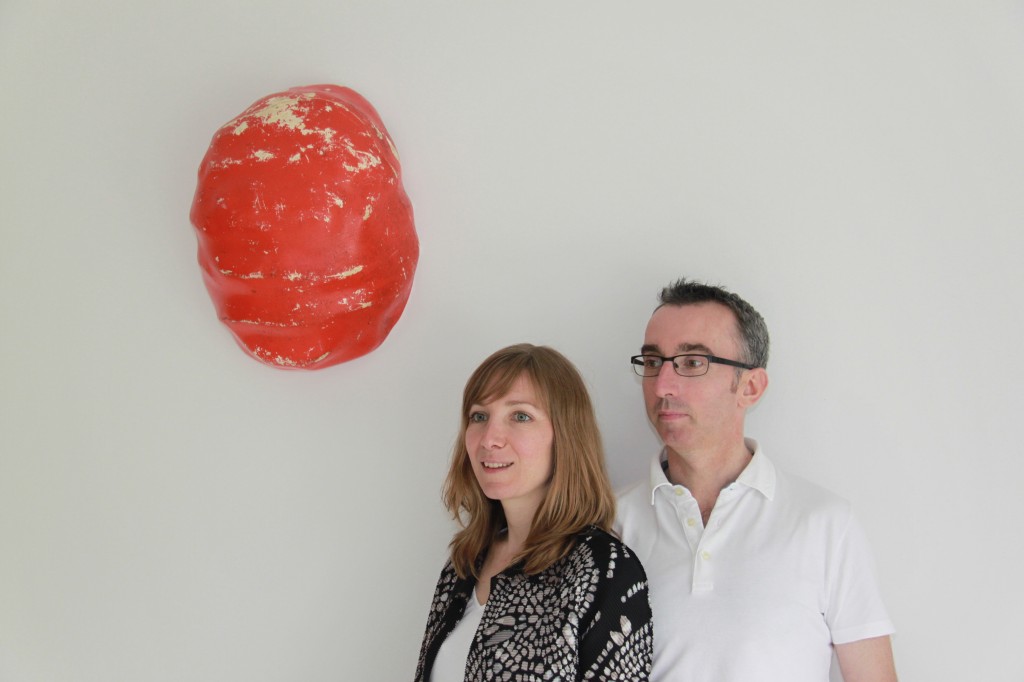
Collecting
What made you want to start collecting art? What is the main motivation behind your collecting?
Probably I have been born to be a collector. The main motivation is probably to create something very personal and important for my own daily life. Collecting somehow helps giving some sense to your life.
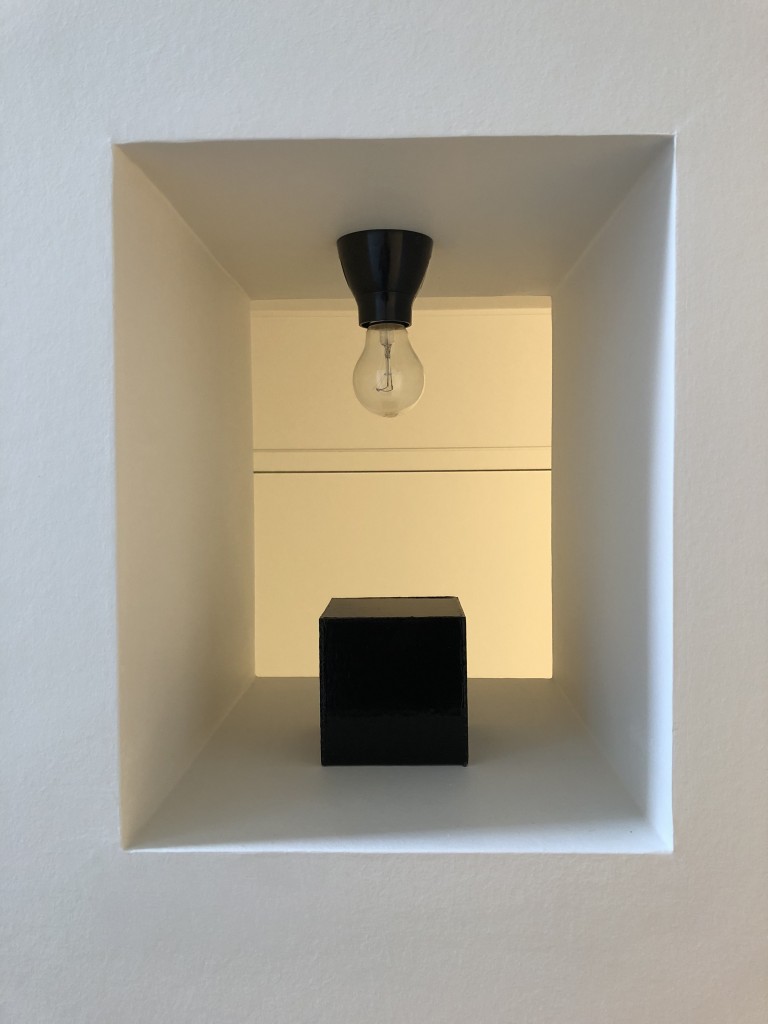
When did you fall in love with a piece of art? What was it?
I bought the first pieces in 1999 when I was at school in Montpellier, Southern France. After that, I bought Luxembourgish art, and from 2004 onwards, I wanted to discover what was happening beyond national borders.
How is Luxembourgish art distinguished from art in other European cultures?
The art scene in Luxembourg can be compared to any other area or city with 600.000 inhabitants, even if the factor of “being a country” helps being quite “active”. You will have an active local or regional art scene on the one hand and some artists that are relevant internationally. Michel Majerus is for sure the best-known Luxembourgish artist. The main reason for that is that he is still influencing today a new generation of artists (he died in 2002).
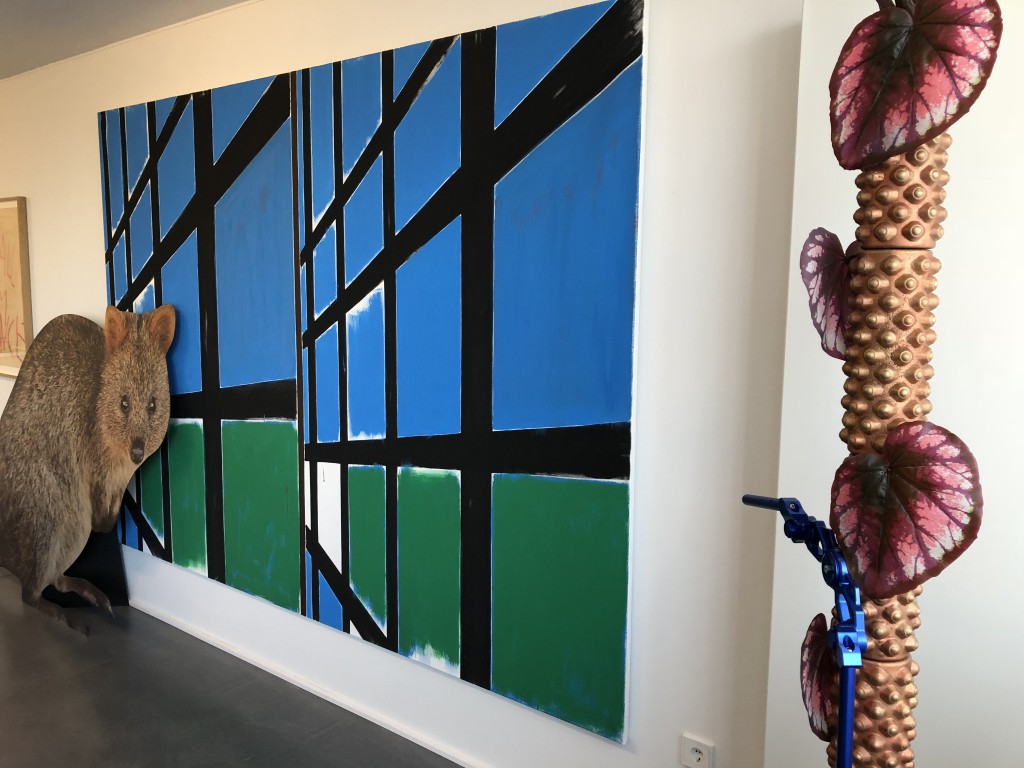
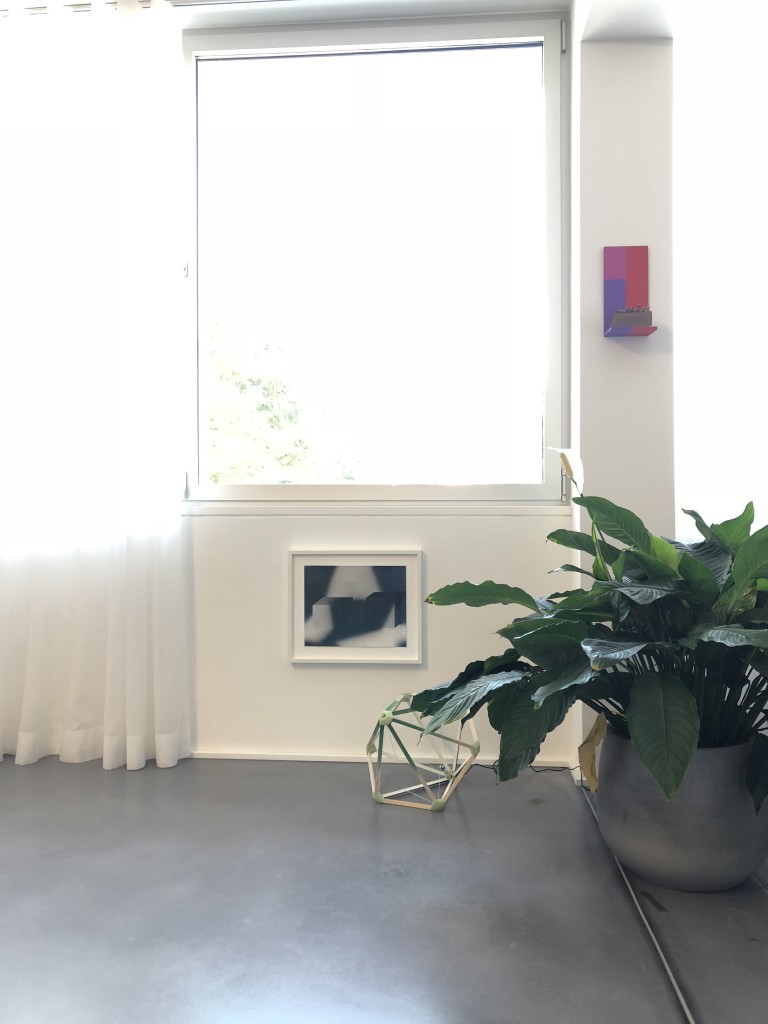
What is your focus regarding the artists in your collection? Are you more interested in emerging or renowned artists?
Most of the artists I have been collecting are young artists. Some 10 years ago, it was evident that young artists would cost less than renowned artists. This has slightly changed, and nowadays it often makes sense to have an intense look at renowned artists. That’s the reason why we are happy to have acquired pieces by Michael Simpson, Rachel Harrison or Bernard Piffaretti.
What the latest artwork you have purchased?
The sculpture “golden pencil” by Rachel Harrison.
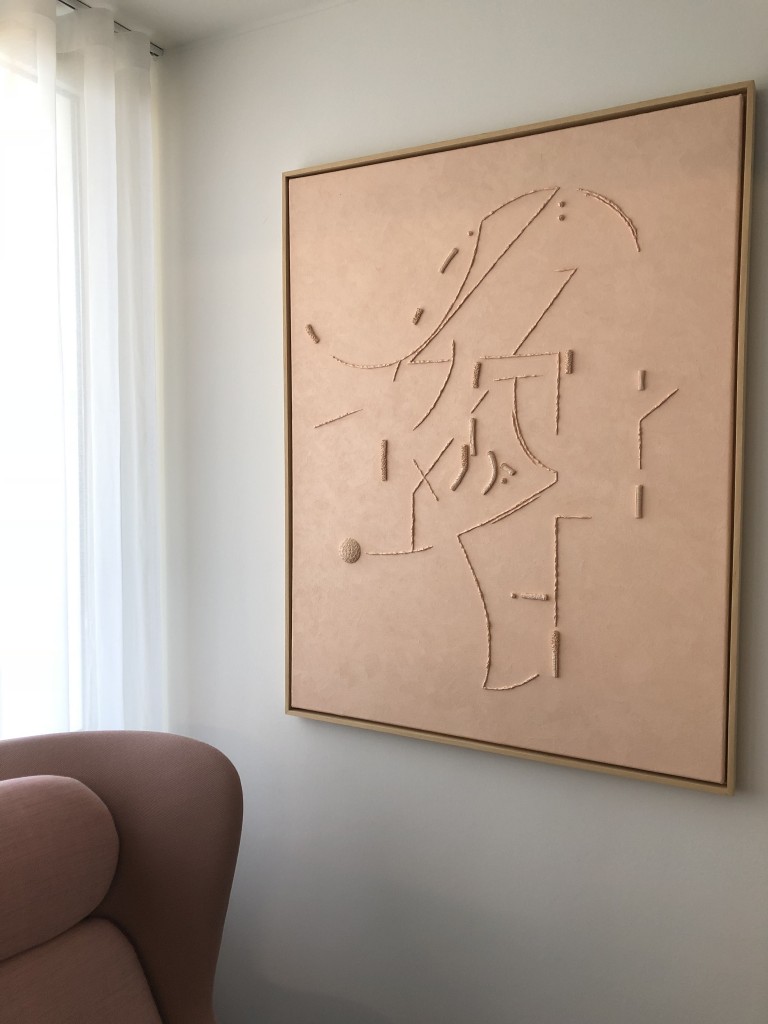
How many artworks do you own? Where do you display your collection?
About 200. The mid-term objective is to have no pieces in storage. Our collection should ideally be displayed in our house or donated to national and international institutions. That’s our privileged way of making our collection publicly accessible.
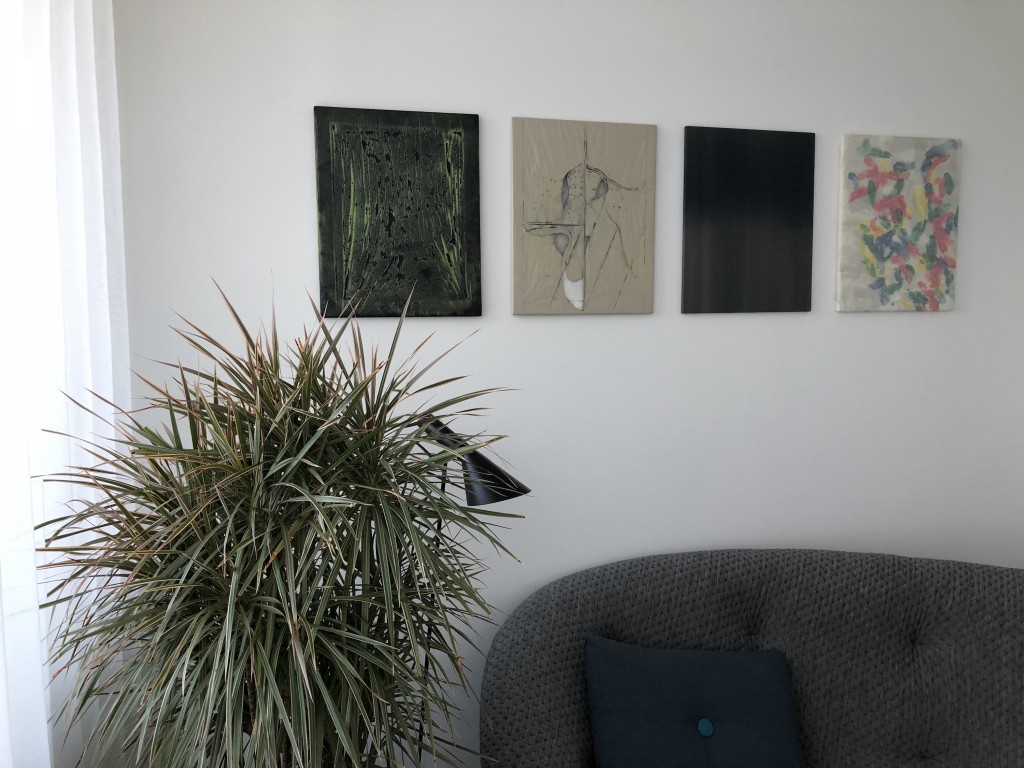
How do you present your art collection publicly? Would you plan to set up a private museum to showcase your collection?
As I said, we focus on donating very regularly pieces to museums: MUDAM in Luxembourg, Pompidou in Paris, Berlinische Galerie, Ludwig Stiftung in Aachen. Some years ago, parts of the collection have been shown at Kunstsaele Berlin. That was a great experience, but we currently feel more comfortable if pieces of the collection can integrate institutional collections.
How do you select or decide which museums to donate?
Donating pieces to national institutions seems to be something very natural. The donations to international museums were realized through personal contacts we had with directors or curators or because we know that, a particular museum is interested in a particular artist. I am sure that the list of museums we cooperate with will expand in the following years.
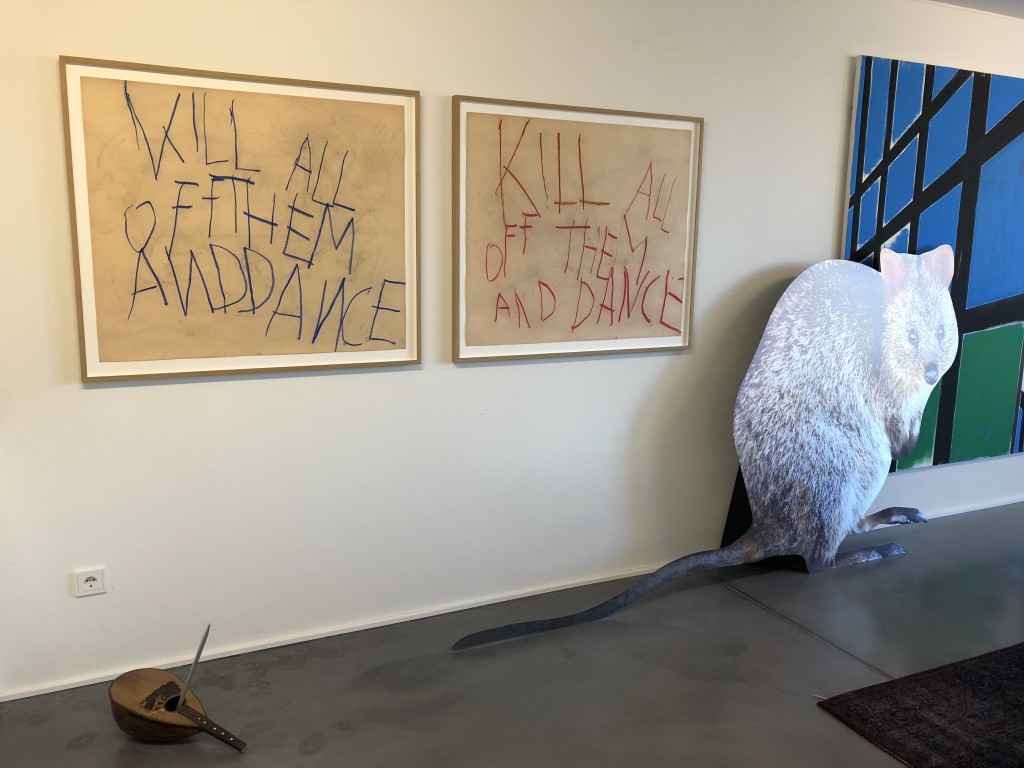
What considerations guide you to make a purchase?
We only buy if we are convinced that a piece will be strong enough to be part of our daily life for decades.
What is your most treasured artwork?
Difficult. But for sure it is Daniel Keller’s “Freedom Club Hand”…
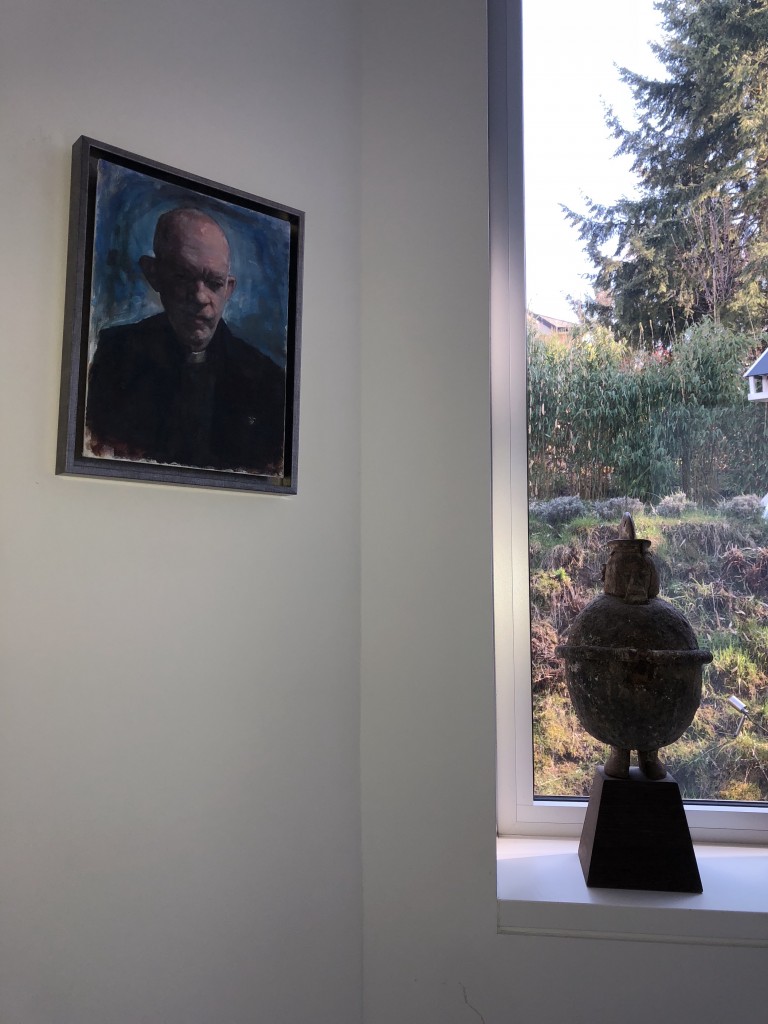
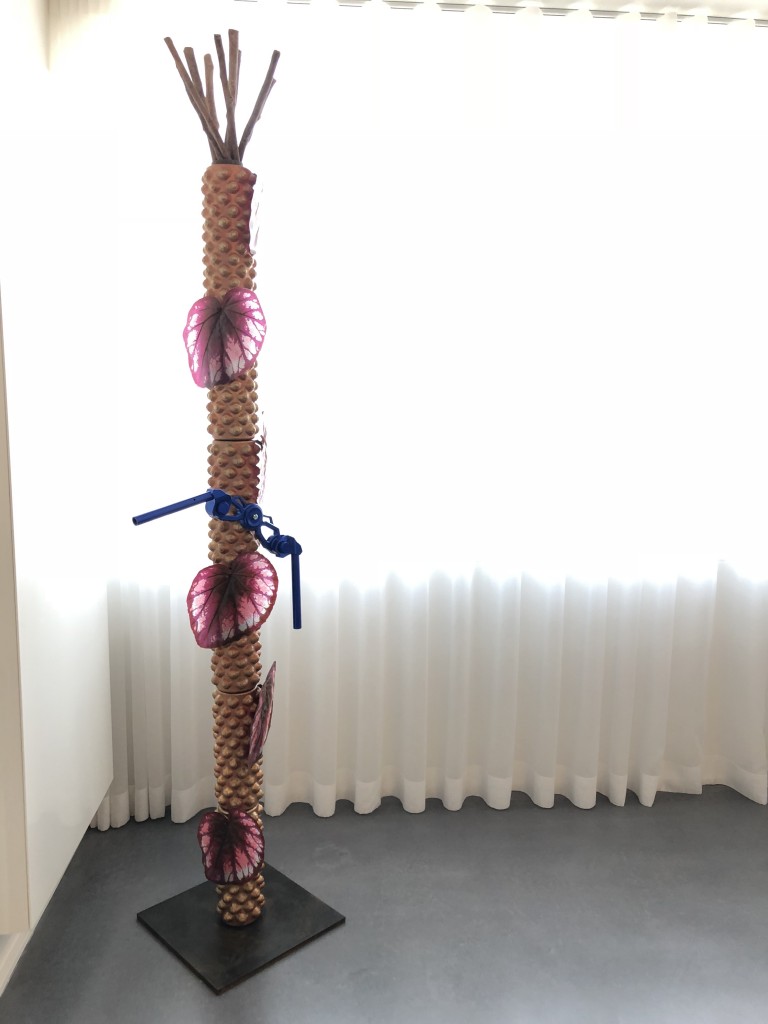
The Art World
How is the contemporary art scene now in Luxembourg?
The art scene in Luxembourg is quite small. Alex Reding is doing a lot to revitalize the national contemporary art scene being a gallerist, an art fair organizer and the founder of the LEAP (Luxembourg Emerging Art Prize). He puts a lot of energy in putting Luxembourg on an international map. Not to forget our institutions and primarily MUDAM and Casino Luxembourg. Both museums propose an internationally relevant program, and we are happy to welcome Suzanne Cotter as the new MUDAM director.
Of course the national scene is also very active, and many initiatives in Luxembourg city and in smaller cities give young artists many opportunities to exhibit. For instance, I discovered Yann Annicchiarico’s work recently at “Rotondes” Luxembourg. He is brilliant, and this recent show will help him to get known outside Luxembourg. I will for sure follow his evolution very closely.
How about the art-collecting scene there?
Difficult question. Compared to Belgium or the Rhine-area in Germany, Luxembourg does not have any real collecting tradition, but I am sure that this will change over the next 10-20 years.
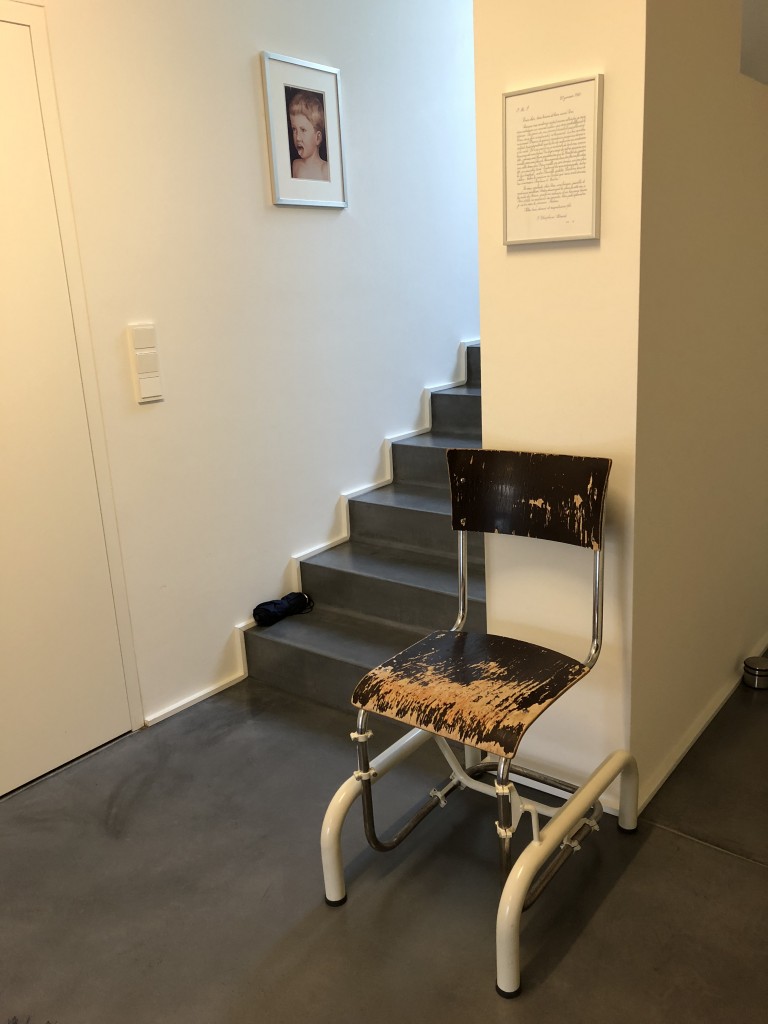
Who inspires you the most in the art world? And why?
Wilhelm Schürmann. Friendship, and beyond friendship I do not know anybody else with whom I can have such deep and sometimes controversial discussions about art.
Why has art become important in your life? Is it a passion or an obsession or both?
It was an obsession and has become a passion. That makes life much easier.
What are you especially excited about in regard to art in the next 12 months?
Living with our collection and eventually adding one or two pieces; there is no pressure – it just will happen.
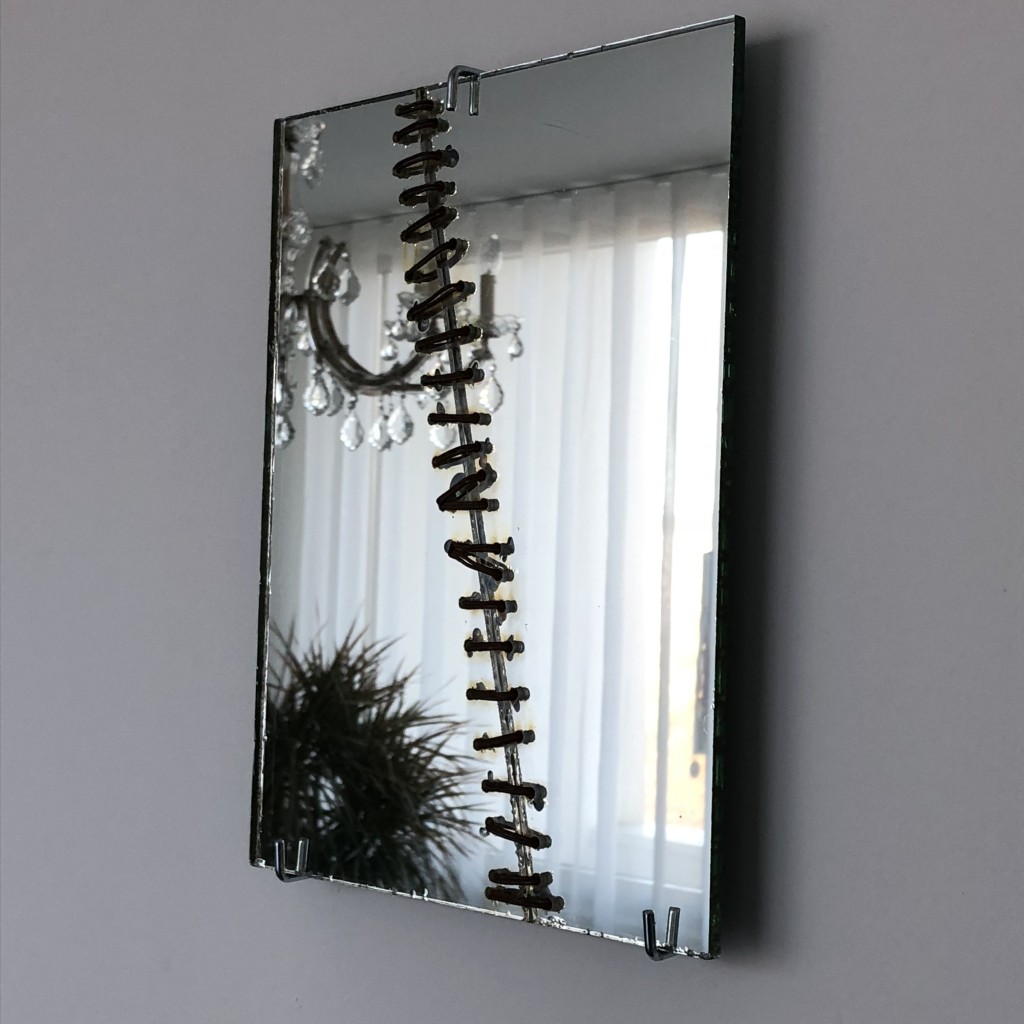
A selection of artists Patrick collects:
Danh Vo
Guan Xiao
Kader Attia
Michael E Smith
Thomas Arnolds





